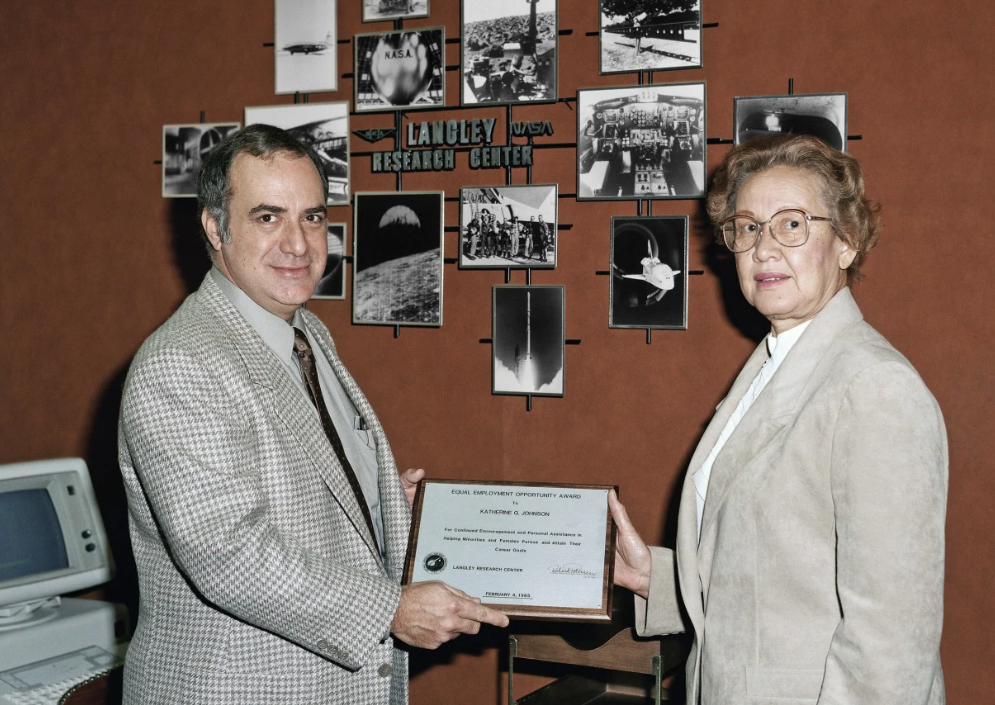

This article was first published in The Washington Post on Feb. 25, 2020
The mathematician’s experience showed how valuable diversity can be for inspiring scientific progress
This week, the world mourns Katherine Johnson, a pioneering mathematician and scientist who became famous for performing the calculations to get the first American, John Glenn, into space in 1962.
Although the blockbuster hit “Hidden Figures” made Johnson famous for her work at NASA, she also made history long before the space race with the Soviet Union as one of the first black graduate students to attend a previously all-white, tax-supported Southern university. Johnson blazed a trail in West Virginia when she desegregated West Virginia University in 1940. Her quest for education helped to chip away at a racial caste system that stifled the academic pursuits of generations of African Americans. Moreover, she was in the vanguard of black students at predominantly white institutions who started the push for inclusion and equity that is still ongoing today.
During the era of legal segregation, Southern and border state legislatures relegated African Americans to limited undergraduate educational opportunities at severely underfunded tax-supported black colleges. Public graduate and professional school education was virtually nonexistent. To comply with the Supreme Court’s 1896 separate-but-equal doctrine, these states sent thousands of young African Americans to the other regions of the country for the post-baccalaureate education that white citizens received in state. Southern and border states purported to offer black and white citizens the same graduate opportunities, although only black students had to leave the land of their birth to receive graduate training.
